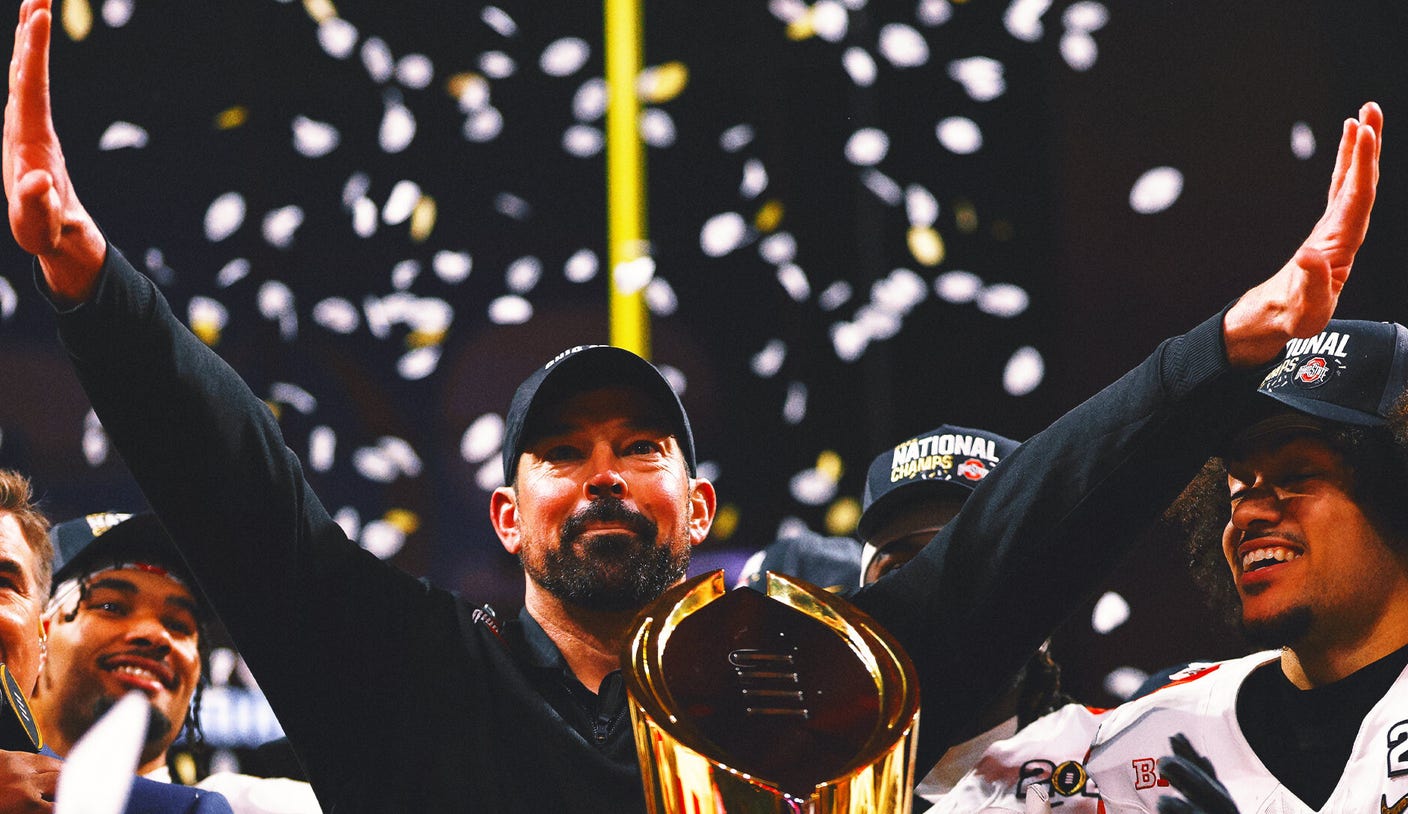Ohio State rewards Ryan Day, but that won’t ease pressure to keep winning. Following the Buckeyes’ triumphant return to glory with their first national championship since 2014, Day has finally received the acclaim that had previously eluded him during his first five years as head coach. The recognition comes with a significant contract, reflecting the intense and ever-changing landscape of college football.
This recent contract symbolizes the tumultuous environment in which collegiate athletics operate. Between 2014 and 2024, college football has undergone unprecedented transformations, including the establishment of the College Football Playoff (CFP), its expansion from four to twelve teams, and the introduction of the transfer portal. These changes also encompass immediate eligibility for undergraduate transfers, the rise of name, image, and likeness (NIL) policies, and the substantial financial backing from NIL collectives aiming to attract top talent. The influx of television revenue and the longest season in history further complicate the situation, alongside the potential landmark House v. NCAA settlement, which may introduce a salary cap for collegiate sports while adhering to Title IX regulations.
This extensive list of changes weighs heavily on decision-makers like Ohio State’s athletic director, Ross Bjork. In a world where change is the only constant, the pressing question is not whether Day is worth $12.5 million, but rather what the cost would be if he were to leave the program.
Despite Day’s impressive record of 70 wins against 10 losses, including a national title, two Big Ten championships, and four CFP appearances in just six years, the shadow of four consecutive losses to Michigan looms large. Even after achieving a historic season, where the Buckeyes became the first team to defeat five top-five opponents and secure a national title, the specter of player attrition remains a challenge.
High-profile departures have further complicated Day’s journey. Broyles Award finalist and defensive coordinator Jim Knowles left for a lucrative position at Penn State, while offensive coordinator Chip Kelly moved to the NFL’s Las Vegas Raiders. Offensive line coach Justin Frye faced a significant reshuffle, losing two starters yet still guiding a line that contributed to the national title before accepting a role with the Arizona Cardinals.
Day must now seek replacements for those who played pivotal roles in the Buckeyes’ recent success. Although he acknowledges the advantage of being at Ohio State in attracting talent, this very advantage may prevent him from receiving the recognition he deserves.
The Buckeyes, with their passionate fanbase of six million, trust in the machinery behind Day, which operates as reliably as a well-crafted tool. The real question, however, is whether Day himself can wield that tool effectively.
This is the price of success, and it will be paid.
FOLLOW Follow your favorites to personalize your FOX Sports experience College Football
Ohio State Buckeyes
Big Ten









